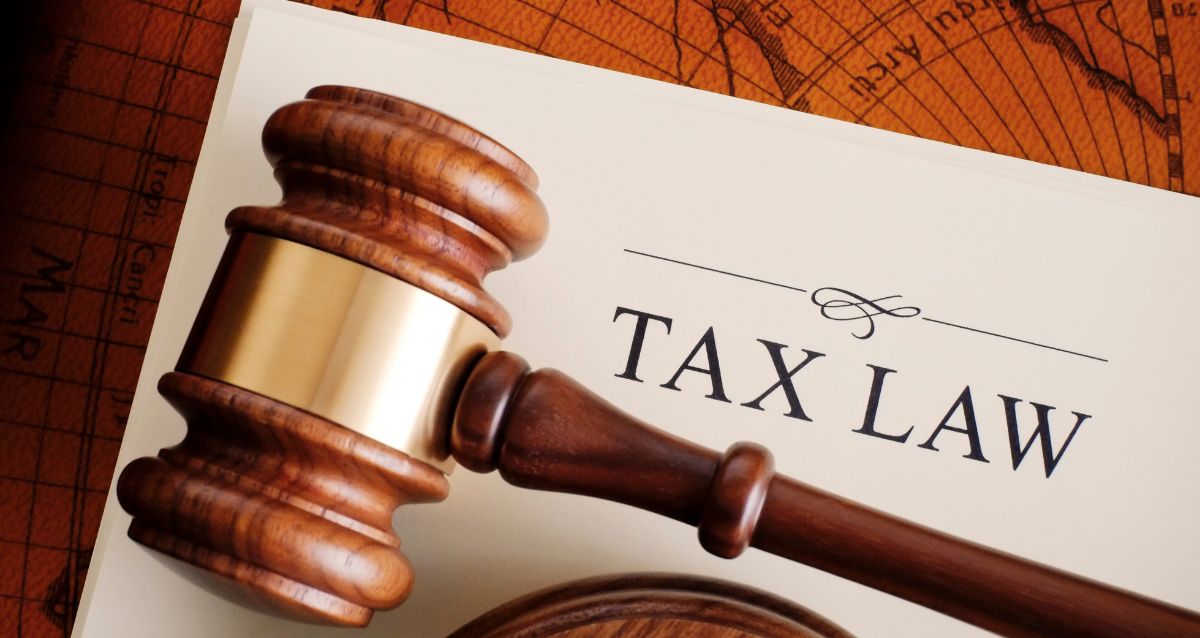Place of Effective Management in UAE
In the UAE Corporate Tax Law published by the authority, as per Article 11 (3), below are the resident persons for UAE Corporate Tax purposes.
- A company incorporated, established or recognized in the UAE which includes free zone companies.
- A foreign registered company which is effectively managed and controlled in the UAE
- A natural person (Individual) who is conducting business or business activities in the UAE.
- Any other person as may be determined by the authority.
Key Point: - Article 12(1) of Corporate Tax Law outlined that a resident person who is a juridical person is subject to Corporate Tax in the UAE for their worldwide income
In this article, we are going to focus on the foreign companies which are effectively managed and controlled in the UAE. This is based on the Tax Procedure Guide published by the Federal Tax Authority. In this guide, FTA has clearly explained the concept of Place of Effective Management (PoEM) for a company.
The concept of central management and control or Place of Effective Management is a widely accepted concept around the world. The taxation based on the PoEM avoids the harmful tax practices of setting up companies in low-tax or no-tax countries which are effectively controlled and managed from a country where the taxes are applicable or tax rates are higher compared to the country where the company is registered. Example: - A person who set up a company in the British Virgin Islands (BVI) where the Corporate Tax is not applicable and the company in BVI is controlled and managed from UAE. In this case, despite the country of registration, the economic reality is that the company is operated from the UAE and shall be subject to tax in the UAE.
The determination of Place of Effective Management (PoEM) needs to be determined based on various factors. There can be multi-national companies that have places of management in different countries. Example: Operations are managed from Country A, Marketing is managed from Country B, and Finance is managed from Country C. However, the effective management of the company will always be in one country only. The judgment is to determine the country where the effective management is; various factors need to be checked.
Key Point: A company can have multiple places of management, but only one place of effective management.
The place where the key management and commercial decisions are taken can be determined by checking the below list of activities and where they are conducted. The list is not exhaustive.
The place where;
- Setting the general policies, for example, investment policies and operational policies.
- Determining the strategic direction of the company’s operations.
- Deciding the type of transactions that the company can enter into, for example, mergers, acquisitions, and the purchase or sale of significant assets.
- Appointing the C-suite and other senior executives and granting them authority to manage or carry out the day-to-day operations of the company.
- Directly or indirectly overseeing the persons appointed to manage or carry out the day-to-day business of the company.
- Handling key finance matters such as the determination of how profits are used and the declaration of dividends.
Key point: The concept of a place of effective management is not the same as a place of management.
If below are happening in a country, it cannot be considered as the place of effective management.
The place where;
- The decision is formally finalized, whereby the decision is not taken in that place.
- The mere implementation of decisions made by others.
- Day-to-day operations and management of business activities
- Legal and administrative matters are taken care of.
Always, a substance-over-form approach is required to determine the place of effective management. The key steps to be followed are as below:
- Identify the persons who make the key managerial decisions for the company.
- Determine the place where the key managerial decisions are taken.

Step 1: Identify the person or persons who make key managerial decisions for the company.
There are 3 steps explained in the Tax Procedure Guide for the identification of key decision-makers.
(i) The board of directors’s test
Under this test, it is important to identify who is the director of the company who has the power to make key managerial decisions for the company. Example: For the companies formed in the UAE, the memorandum of association provides the details of the managers or directors who are authorized to make the key managerial decisions. There can be situations where, even though one or more persons whose name is mentioned in the MOA of the company, the decisions are taken by a third person who is part of the MOA of the company. Thus, it is not always based on the legal document. But in general, the key managerial decision-makers are those who are part of the MOA of the company.
Other factors include:
- Whether the directors are suitably qualified and experienced and have sufficient knowledge of the juridical person and its business in order to make appropriate decisions.
- Whether the board of directors take instructions and act on instructions from another person (or persons),
- The composition of the board of directors (both the executive and non-executive directors) and the roles of different directors. For example, the executive directors may be actively involved in decision-making while the non-executive directors do not have a decision-making role.
If the key managerial decisions are not taken by the board of directors in the board meeting, it is necessary to determine who has taken such decisions on behalf of the company.
(ii) Delegation of authority test
In this test, it is important to determine the delegation of powers and key managerial decisions that are framed by, maybe, senior management of the company. Example: If the key managerial decisions are framed by senior management people and merely implemented by the board of directors, in such cases, the senior management person or persons are considered the key managerial decision-makers. If the board of directors analyzes the advice received from senior management, makes necessary changes, and then implements them, or exercises the power to implement or reject them after analysis, in such cases the board of directors may be considered the person of key managerial decisions.
Below factors may be examined:
- Whether the board of directors appointed senior management or not to conduct the day-to-day business operations.
- Whether such senior management regularly exercises the formulation of key strategies and policies or makes key commercial decisions without active intervention from the board of directors,
- Whether the senior management provides advice or recommendations for key managerial decisions that are merely approved or implemented by the board of directors.
- Whether the board of directors has exercised the power to implement or rejected advice received from management after analyzing the proposals.
(iii) Shareholders activity test
In certain cases, shareholders are part of key managerial decisions of the company. The shareholders are in general exercising the power for cessation of the company, issue of new shares, appointment of a board of directors, etc. While considering the person of key managerial decisions, the degree of involvement from shareholders needs to be considered.

Step 2: The place where the key managerial and commercial decisions are made
Below are some factors that need to be considered while determining the place of key managerial decisions:
- The place of the board meeting held: the place where the board meeting has a significant role in determining the Place of Effective Management (PoEM). If the key managerial decisions are taken not in the board meeting, the place of the decision taken shall be considered.
- Virtual Meetings: If the board meetings are conducted over a virtual meeting, the place from which the board of directors join may be considered.
- Separate director meetings: If the director(s) are meeting outside the board meeting and key managerial decisions are taken in such meetings, the place of the meeting is considered.
- Minutes of Meeting: The place where the minutes of meetings are recorded may be considered for the determination of PoEM.
- Senior Management: If the key managerial decision powers are exercised by the senior management, the place of senior management where the decisions are taken may be considered.
- Decision Circulation: The place where the key managerial decisions are circulated by written or email may be considered.
- Nature of Business: The nature of the business may determine where key management and commercial decisions are made in practice.
Effective management and control may not be created in the UAE if:
- The key managerial decisions are taken from the UAE on an occasional or one-off basis.
- The key managerial decisions are taken from the UAE as a result of temporary and exceptional circumstances like natural disasters, wars, legal sanctions, etc.
To learn more about Place of Effective Management in UAE Corporate Tax, book a free consultation with one of the Flyingcolour team advisors.
Disclaimer: The information provided in this blog is based on our understanding of current tax laws and regulations. It is intended for general informational purposes only and does not constitute professional tax advice, consultation, or representation. The author and publisher are not responsible for any errors or omissions, or for any actions taken based on the information contained in this blog.

